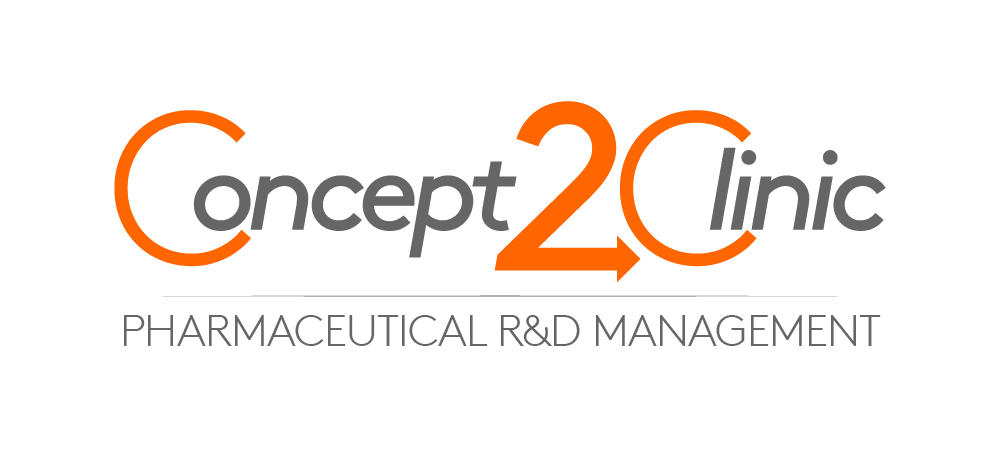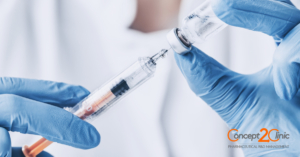Vaccine development is a long, intricate process, often lasting for around 10-15 years. Very small percentage of candidate vaccines advance to licensing, making the costs of vaccine R&D very high. Vaccine development and testing follow a standard set of steps. The stages of the vaccine development are:
- Exploratory stage
- Pre-clinical stage
- Clinical development stage
Exploratory stage
This stage of vaccine development involves basic laboratory research and frequently lasts for 2-4 years. During this stage scientists look for natural or synthetic antigens which might help prevent a disease. These antigens could include virus-like particles, weakened viruses or bacteria, weakened bacterial toxins, or other substances derived from pathogens.
Pre-clinical stage
Pre-clinical studies for vaccine development use tissue-culture or cell-culture systems and animal testing to assess the safety of the candidate vaccine and its immunogenicity, or ability to provoke an immune response. Animal subjects may include mice and monkeys. These studies give scientists an idea of the cellular responses they might expect in humans. They may also suggest a safe starting dose for the next phase of research as well as a safe method of administering the vaccine.
Many candidate vaccines never progress beyond this stage because they fail to produce the desired immune response. The pre-clinical stages frequently lasts 1-2 years.
Clinical development stage
Clinical stage of vaccine development is when the vaccine is first tested in humans. It covers four stages over several years, from initial clinical trials in humans (phase I) right through to introduction and beyond (phase IV). Clinical development is built on rigorous ethical principles of informed consent from volunteers, with an emphasis on vaccine safety as well as efficacy.
Phase I clinical trials are small-scale trials to assess whether the vaccine is safe in humans and what immune response it evokes.
Phase II clinical trials are larger and look mainly to assess the efficacy of the vaccine against artificial infection and clinical disease. Vaccine safety, side-effects and the immune response are also studied.
Vaccines that progress to phase III clinical trials are studied on a large scale of many hundreds of subjects across several sites to evaluate efficacy under natural disease conditions. If the vaccine maintains safety and efficacy over a defined period, the manufacturer is able to apply to the regulatory authorities for a licence to market the product for human use.
The final phase IV happens after the vaccine has been licensed and introduced into use. Also called post-marketing surveillance, this stage aims to detect rare adverse effects as well as to assess the long-term efficacy.
C2C Advantage
Vaccine development can be quite challenging. C2C helps by bridging the gap between academic research, small to mid-size pharma and leading companies through project partnerships, providing support for licensing and acquisition decisions based on in-depth analysis and research. Contact us today to learn more!


